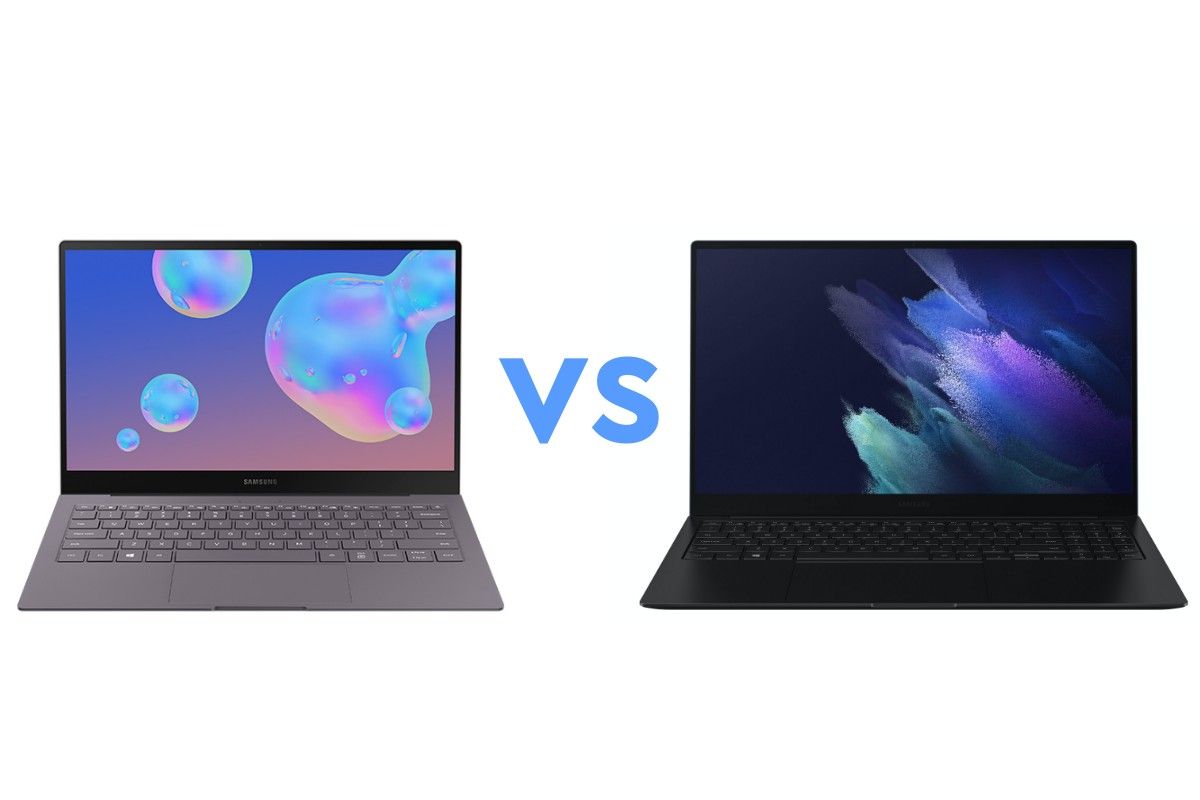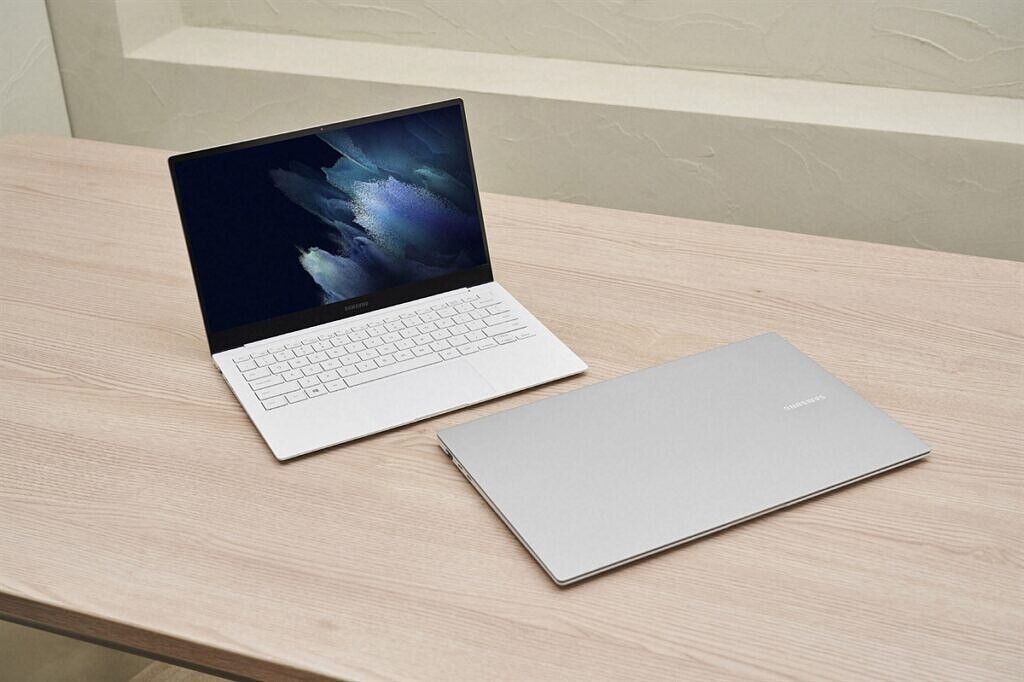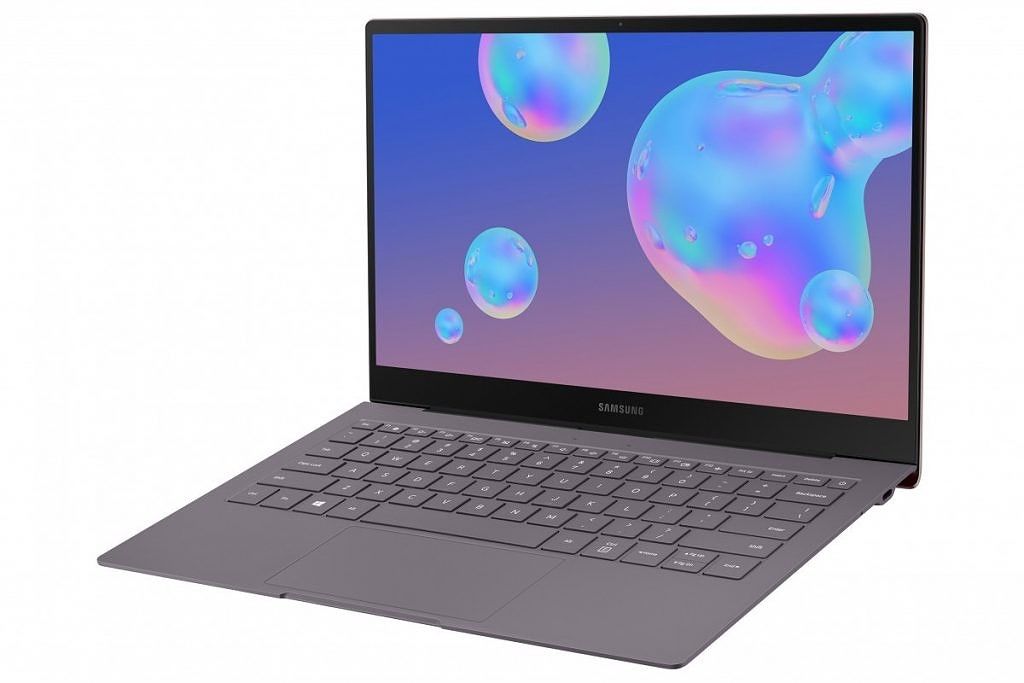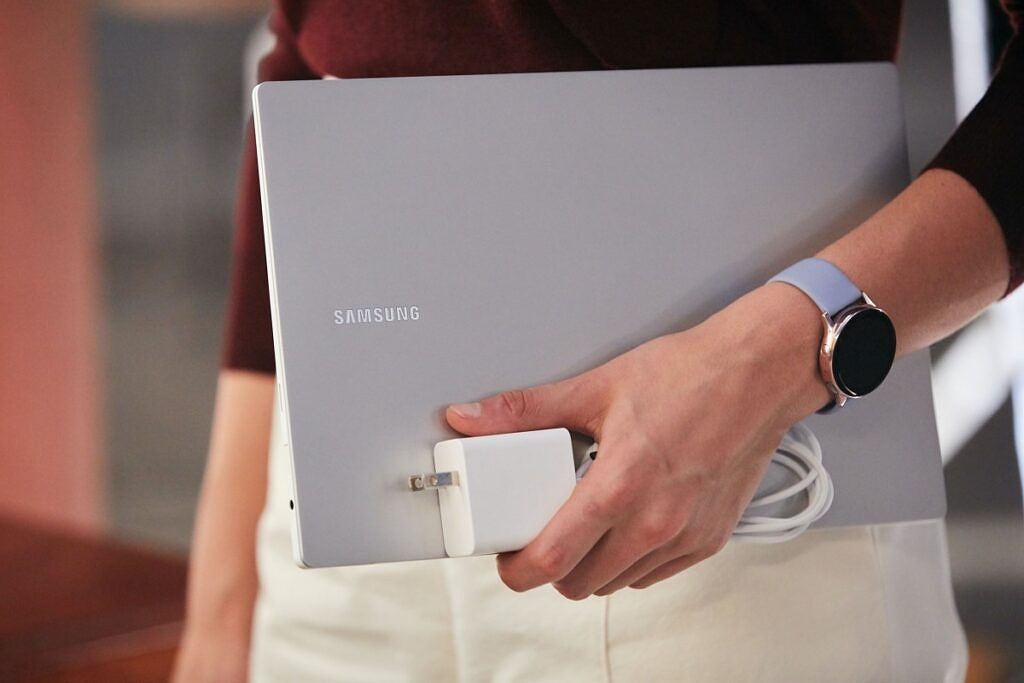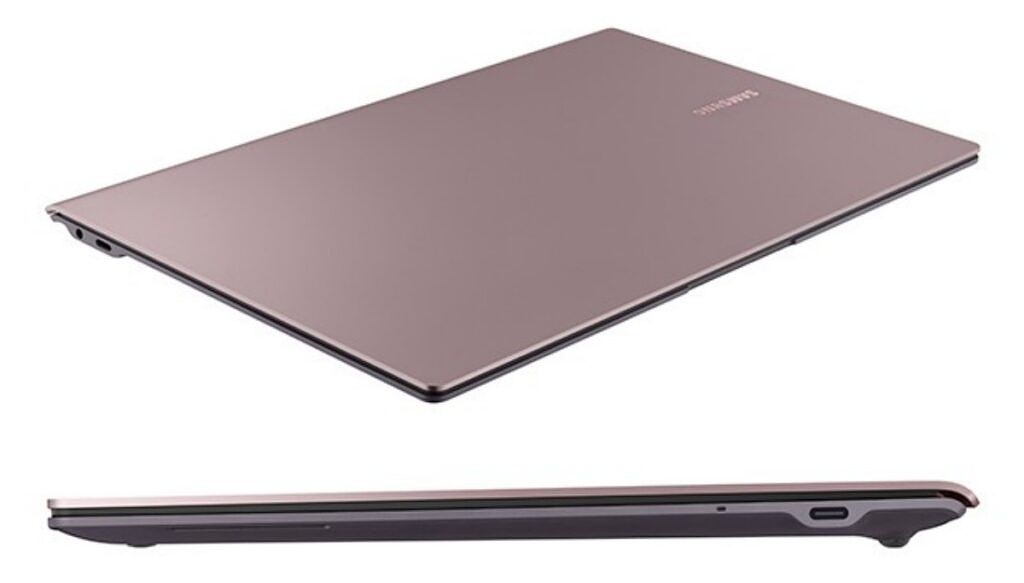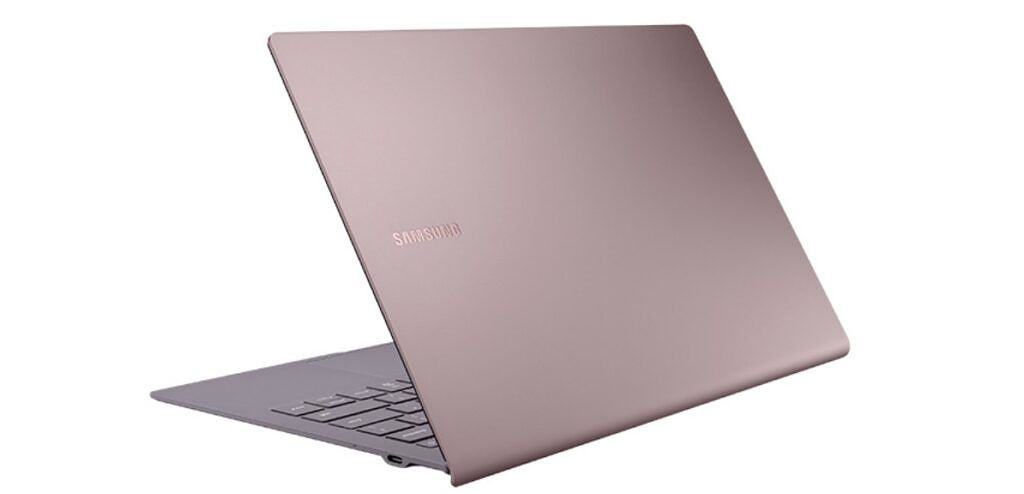Samsung Galaxy Book S and Galaxy Book Pro are Samsung’s two ultralight and everyday use laptops. While the Galaxy Book S was introduced in 2020, the Galaxy Book Pro arrived this year. With these laptops, the company is targeting consumers who want a great on-the-go performance from their laptop. If you’re in the market for a good ultralight laptop and are confused between the Galaxy Book S and the Galaxy Book Pro, we’ve got you covered. In this article, we’ll dive into the specifications and features of the two laptops to help you decide which one is right for you.
Samsung Galaxy Book S vs Galaxy Book Pro: Display
The Samsung Galaxy Book S comes with a 13.3-inch full-HD (1920 x 1080 pixels) LCD touchscreen, whereas the company offers two options for the Galaxy Book Pro - a 13.3-inch full-HD AMOLED and a 15.6-inch full-HD AMOLED. As is true for any LCD or OLED display, the screen on the Galaxy Book Pro is capable of an amazing picture quality and will be a treat to enjoy movies and other visual content. Samsung also claims that the Galaxy Book Pro’s screen produces less blue light emissions than standard LCDs.
One positive for the LCD on the Galaxy Book S is that it's going to be brighter and Samsung says it can offer up to 350 nits brightness in the normal mode and up to 600 nits in the outdoor mode. So if you're planning to use your laptop outside a lot and need a touchscreen, Galaxy Book S is a better option, whereas the Book Pro is great if you’re consuming a lot of multimedia content.
Samsung Galaxy Book S vs Galaxy Book Pro: Design
While both Samsung Galaxy Book S and Galaxy Book Pro look like fairly standard Windows 10 laptops, the company has really tried to slim them down and keep the weight to a minimum. It's amazing how light both these laptops really are. The Galaxy Book S is just 11.8mm thick and 2.09lbs (950 grams).
The 13-inch Galaxy Book Pro (aka Galaxy Book Pro 13), on the other hand, is barely 11.2mm thick and 1.94lbs (880 grams), while the 15-inch Galaxy Book Pro (aka Galaxy Book Pro 15) is 11.7mm thick and 2.31lbs (1.05kg). The company also offers a discrete graphics variant of the Galaxy Book Pro 15 and it's 13.3mm thick and 2.53lbs (1.15kg). Samsung doesn’t sell the discrete GPU variant in the US.
For the chassis, Samsung has used an aluminum chassis on the Galaxy Book S, while the Galaxy Book Pro has been made out of aluminum-magnesium alloy, which is the reason why the Galaxy Book Pro 13 is lighter the Galaxy Book S.
Both laptops also pack backlit keyboards and a fingerprint sensor in the power button. While the Galaxy Book Pro has a full-size keyboard, the one from the Galaxy Book S ditches the number pad to give the keys more breathing room.
Overall on the design front, there's not a whole lot differentiating the two Samsung laptops. You can’t go wrong with either of the two, at least considering their design, unless obviously you need a full-size keyboard.
Samsung Galaxy Book S vs Galaxy Book Pro: Internals
It's the internal hardware of Galaxy Book S and Galaxy Book Pro where things get interesting. The Galaxy Book S uses Intel’s ‘Lakefield’ chip, the Core i5-L16G7, coupled with onboard UHD graphics. It's Intel’s hybrid processor, designed for ultralight devices like this laptop. It combines one powerful CPU core with four lower-power cores for a total of five cores and five threads. Samsung earlier used to offer a Qualcomm variant of the Galaxy Book S but now it's mostly out of stock everywhere.
The Galaxy Book Pro uses 11th-gen Intel ‘Tiger Lake’ Core i5-1135G7 and Core i7-1165G7 CPUs, paired with onboard Iris X graphics in the US. Some markets will see a Core i3 variant with UHD graphics as well.
In terms of RAM and storage, there's just one variant of the Book S with 8GB LPDDR4x RAM and 256GB eUFS storage. But with the Galaxy Book Pro model, you’ll get up to 16GB RAM and up to 512GB NVMe SSD, depending on which screen size you go for.
In terms of the connectivity options and ports, the Book S includes Wi-Fi 6, Bluetooth 5.0, two USB Type-C ports, one 3.5mm audio port, and a microSD card reader. The Book Pro model comes with Wi-Fi 6, Bluetooth 5.1, one Thunderbolt 4 port, one USB Type-C port, one USB 3.2 port, one 3.5mm audio jack, and a microSD card reader. The 15-inch model also packs an extra HDMI port.
Among other specifications, you’ll also get a 1-megapixel webcam, 42Wh battery, Dolby Atmos support, Windows 10 Home, and quad stereo speakers with audio tuning by AKG, like the Galaxy Buds Pro, on the Galaxy Book S. The Galaxy Book Pro comes with a 720p webcam, 63Wh battery (68Wh on 15-inch model), Dolby Atmos support, and Windows 10 Home. The company also bundles a 25W USB Type-C charger with the Book S, whereas the Book Pro gets a faster 65W USB Type-C charger.
Overall in terms of performance, the Galaxy Book Pro is a better option as both Core i5-1135G7 and Core i7-1165G7 are more powerful CPUs than the Core i5-L16G7. Also, you’ll get more storage as well as the choice to get more RAM with the Galaxy Book Pro. Moreover, you can upgrade the SSD in the Book Pro as it comes with an extra NVMe SSD slot, something that's not possible with the Book S. The bigger battery on the Book Pro is another advantage as it'll help you stay away from a plug point for a longer duration.
So if you’re looking for performance and battery life, the Galaxy Book Pro clearly beats the Book S.
Colors and pricing
Samsung offers two colors for both laptops in the US. The Galaxy Book S is sold in Mercury Gray and Earthy Gold colors, and it starts at $749 (was $949 earlier). The Galaxy Book Pro, on the other hand, can be bought in Mystic Silver and Mystic Blue, and starts at $999 (for 13-inch) and $1,099 (for 15-inch).
Conclusion: Samsung Galaxy Book S or Galaxy Book Pro?
While the Samsung Galaxy S and Galaxy Book Pro are both ultra-portable laptops, there are a number of things that differentiate them. The Galaxy Book S is a good option for consumers who want a touchscreen laptop that provides good battery life and decent performance on the go. It's fine for light workloads but heavy users will be disappointed.
The Galaxy Book Pro, on the other hand, is great for consumers who are looking for excellent performance, great battery life, and a superb display. The laptop also includes a good selection of ports than the Galaxy Book S, and more choice in terms of pretty much everything, including the display size, RAM, SSD, and processor.
Obviously, your budget will also play a big role in choosing one of the two laptops. If you're a little tight on the budget front, the Galaxy Book S is a good $250 cheaper than the Book Pro. But if you can shell out $1,000 or more, you’ll be better off with the Galaxy Book Pro, which also features in our best Samsung laptops list.
Which one are you planning to buy? Let us know in the comments section. Meanwhile, if you're looking for laptops with built-in cellular connectivity, don't forget to check our guides on the best 5G laptops and best 4G LTE laptops on the market.
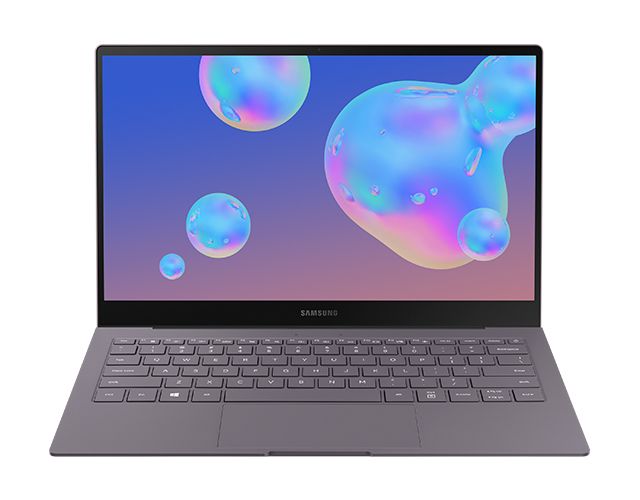
Samsung Galaxy Book S
The Samsung Galaxy Book S is an ultra-portable laptop from Samsung. It comes with Intel 'Lakefield' Core i5 processor and 13.3-inch full-HD display.
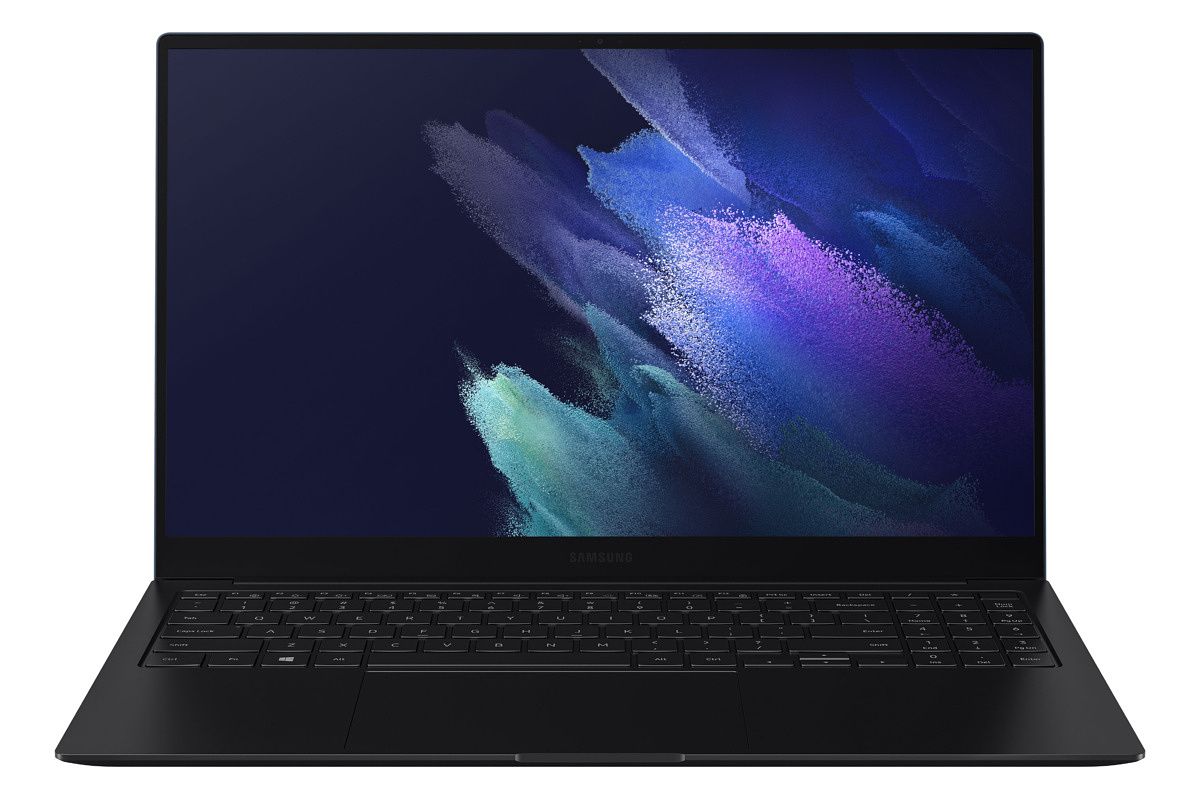
Samsung Galaxy Book Pro
The Samsung Galaxy Book Pro is an ultra-portable laptop from Samsung. It comes with up to an Intel 'Tiger Lake' Core i7 processor and 13.3-inch full-HD AMOLED display.

